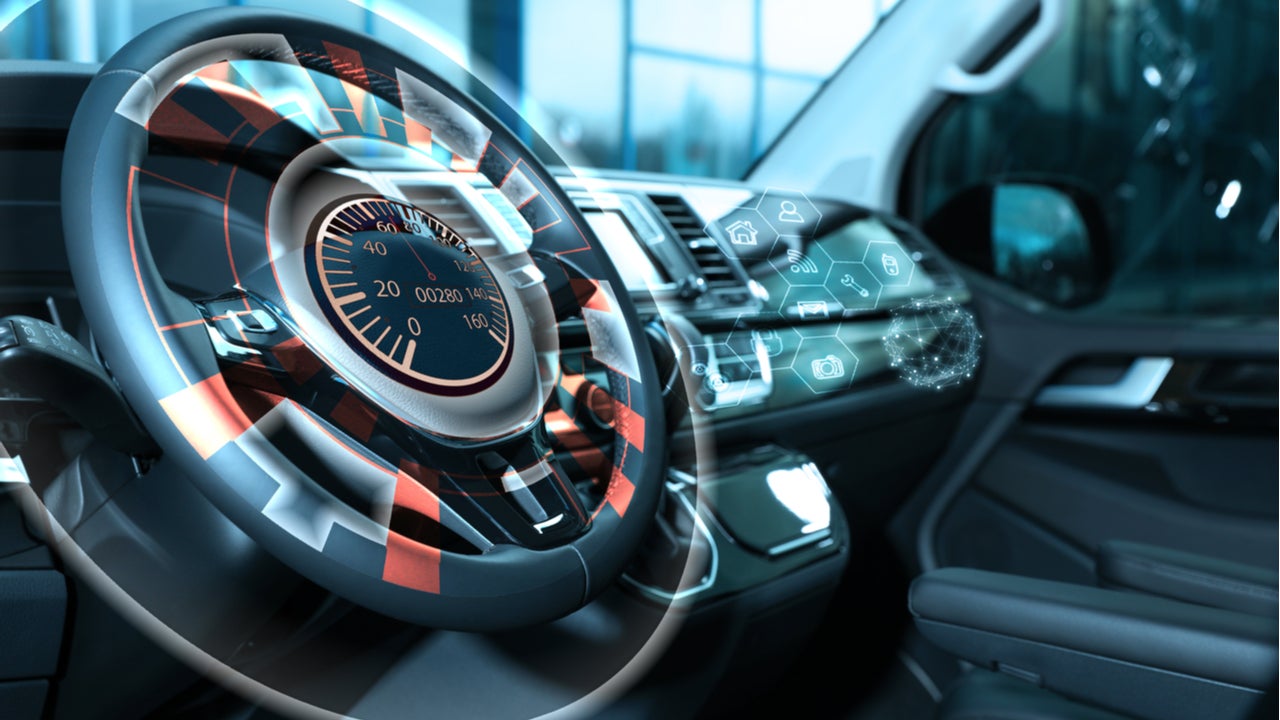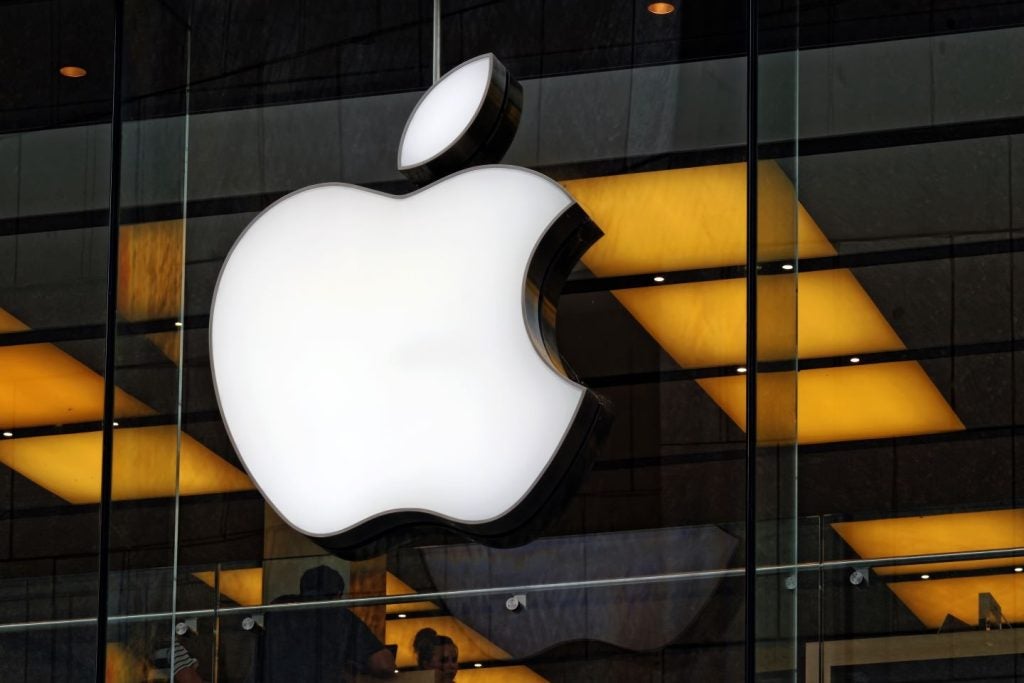
Car makers have been somewhat blindsided by the hunger of consumers to stay connected at all times, and regulatory trends have also had an impact. Behind the wheel this has raised significant safety implications. Since regulation has shown there is no way of invoking drivers to give up their connected device behind the wheel, the next best solution is to integrate the elements of this ‘screen-smitten’ generation in a way where distraction and functionality can work more harmoniously with the vehicle’s primary objective; to move its passengers from one place to another as safely as possible.
Regulatory Trends
Listed below are the key regulatory trends impacting the connected car theme, as identified by GlobalData.
Standardisation will be imposed if not self-regulated
If car makers cannot be relied upon to self-regulate, government authorities, such as National Highway Traffic Safety Administration (NHTSA), will step in. For the moment, most devices connect to each other using multiple, but often incompatible, approaches. The market for the Industrial Internet – and indeed, the wider internet of things (IoT) – will only get maximum traction when all connected devices can uniformly speak the same language, instead of getting by in several of them.
So there remains a closely fought battle for domination of the communications protocol that may govern the IoT and the Industrial Internet. It’s likely that this communications protocol will have two components: a single interconnection standard; and a common language.
Rates of 5G adoption will vary by geographic region
The variance in telecoms environment between geographic regions means that some are better suited to 5G than others. In Japan and South Korea, for example, widespread fibre availability, large-scale small cell deployments, high LTE penetration, and supportive regulators combine to create a favourable setting for 5G, with strong competition and short device upgrade cycles also meaning that the leading operators in both countries are expected to deploy early.
Conversely, the European Union (EU) has a higher dependence on microwave backhaul, lower LTE penetration (4G subscriptions make up 57% of the total in Western Europe in 2018, according to GlobalData figures, compared to 67% in Japan and 80% in South Korea) and more onerous regulations, including net neutrality and restrictive site acquisition processes. In addition, 28 GHz spectrum (a band for which 5G equipment is likely to become available first) is unavailable in much of Europe, while operators have been reluctant to invest heavily due to recent weak revenue performance. Deployment across the EU is therefore expected later and is likely to be slower.
How well do you really know your competitors?
Access the most comprehensive Company Profiles on the market, powered by GlobalData. Save hours of research. Gain competitive edge.

Thank you!
Your download email will arrive shortly
Not ready to buy yet? Download a free sample
We are confident about the unique quality of our Company Profiles. However, we want you to make the most beneficial decision for your business, so we offer a free sample that you can download by submitting the below form
By GlobalDataData protection and privacy
Numerous regional legislative efforts around data protection and privacy have evolved since the introduction of Europe’s General Data Protection Regulation (GDPR). Tensions between Europe and the US over the EU-US Privacy Shield, compelling non-EU companies to meet the requirements of GDPR, have escalated, with campaigners arguing that the US cannot ensure the privacy of European data.
Meanwhile, numerous GDPR-inspired regulations have emerged, such as the California Consumer Privacy Act of 2018, which will influence cloud providers globally and will determine what automotive suppliers and car makers can do regarding their telematics data capture.
Cyber security
The US Senate and House of Representatives introduced the Internet of Things Cybersecurity Improvement Act in March 2019, with a goal of bringing legislative action around the emerging technology. The bill wants to see a minimum of security standards for any IoT devices that the federal government uses, which will include those of telematics service providers (TSPs).
The legislation would not impose across-the-board security standards for all IoT companies, but only for the ones that want to sell to the US government. The intention is that by improving security standards for the federal government, standards for the overall IoT market would also improve.
All IoT vendors that sell to the US government would be required to have a vulnerability disclosure policy so that government officials can know when the devices they are using are open to cyberattack.
This is an edited extract from the Connected Car – Thematic Research report produced by GlobalData Thematic Research.





